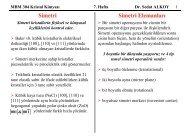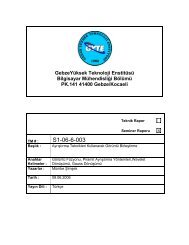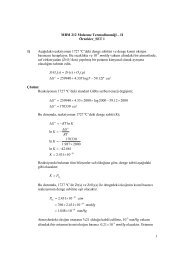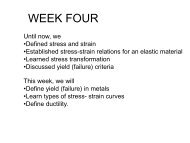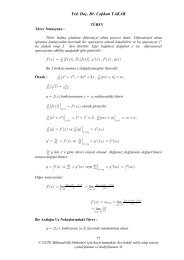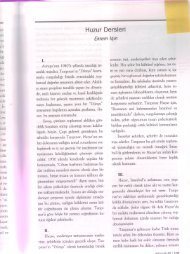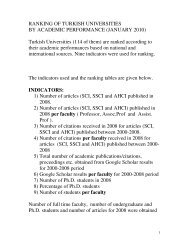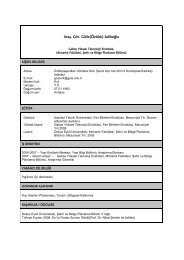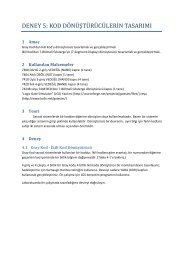How to Hire A-Players: Finding the Top People for ... - GIT home page
How to Hire A-Players: Finding the Top People for ... - GIT home page
How to Hire A-Players: Finding the Top People for ... - GIT home page
Create successful ePaper yourself
Turn your PDF publications into a flip-book with our unique Google optimized e-Paper software.
interview process. Take <strong>the</strong> time <strong>to</strong> create <strong>the</strong>se Profiles <strong>for</strong> key positions<br />
and make sure that you and your people have bought in<strong>to</strong><br />
<strong>the</strong>m. This will help you <strong>to</strong> say no <strong>to</strong> average per<strong>for</strong>mers and <strong>to</strong><br />
recognize superior per<strong>for</strong>mers when you see <strong>the</strong>m.<br />
Capture and Quantify Your A-Player Profile<br />
As I will discuss in Chapter 10, <strong>the</strong>re are terrific personnel assessments<br />
out <strong>the</strong>re that measure both <strong>the</strong> requirements of a job and a<br />
candidate’s likelihood of being an A-player. If you capture and<br />
quantify your A-Player Profile using <strong>the</strong>se <strong>to</strong>ols, you can <strong>the</strong>n compare<br />
job candidates <strong>to</strong> <strong>the</strong> Profile and see <strong>the</strong>ir strengths and weaknesses.<br />
These <strong>to</strong>ols make interviewing more focused and effective.<br />
They help you <strong>to</strong> stay objective about people, weed out those who<br />
look good but lack substance, and focus on A-players you might<br />
o<strong>the</strong>rwise have missed.<br />
Create an Interview Scorecard<br />
Interviewing and <strong>the</strong> Economic Value of Good Looks 157<br />
A-Player Principle: Define your A-Player Profile be<strong>for</strong>e you<br />
interview anyone! Then, capture and quantify this Profile<br />
with a proven assessment <strong>to</strong>ol so you can weed out<br />
mediocre talent and focus on <strong>the</strong> A-players.<br />
Once you have defined success <strong>for</strong> <strong>the</strong> position and created <strong>the</strong><br />
benchmark just described, you can quickly construct an interview<br />
scorecard. This does not need <strong>to</strong> be anything fancy. One entrepreneur<br />
I know has a simple card printed up with <strong>the</strong> five characteristics<br />
his company looks <strong>for</strong> when hiring <strong>for</strong> a sales position. Every<br />
interviewer gives candidates a score from one <strong>to</strong> five <strong>for</strong> each characteristic,<br />
as well as an overall score using <strong>the</strong> same scale. This helps<br />
<strong>the</strong> interviewers focus on issues that connect with job per<strong>for</strong>mance,<br />
judge every candidate according <strong>to</strong> <strong>the</strong> same criteria, and compare<br />
<strong>the</strong>ir impressions of candidates with those of <strong>the</strong> o<strong>the</strong>r interviewers.





